Exactly how to declutter your grown kids’ stuff
As an Amazon Associate and member of other affiliate programs, I earn from qualifying purchases.
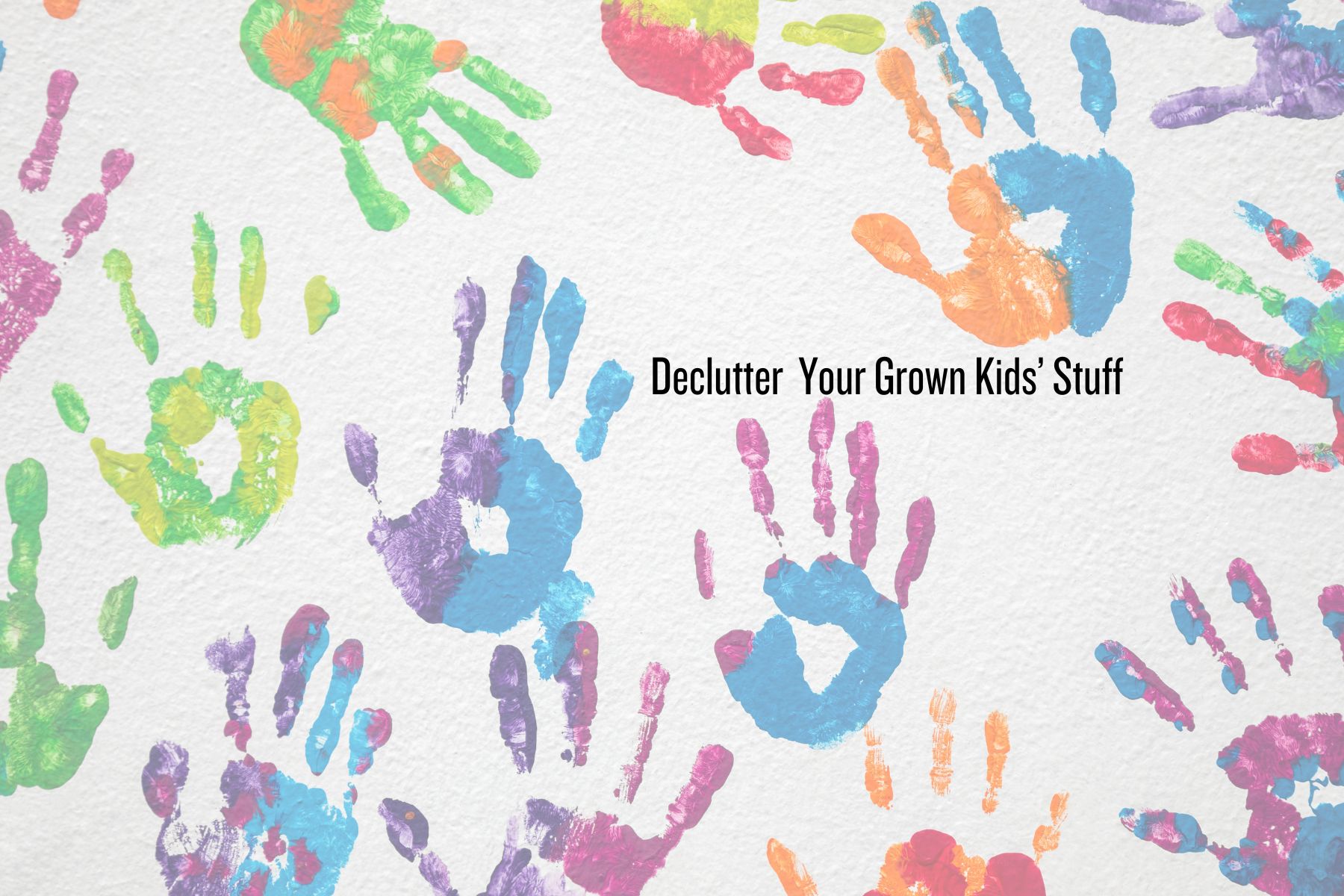
Raising my kids was so much fun! And so much. So much activity, so much laughter, so much stress and so much stuff. The clothes, the toys, the art, the books, the souvenirs, the uniforms, the photos, the Mother’s Day cards – we tend to reflexively save most of it. We save it because we’re too busy to figure out what to do with it. And because we’re not sure at the time what will be important later. It’s easier to punt and save All The Things for later, when we have more time and perspective. Now is the time to declutter your grown kids’ stuff.
Except that now there’s too much. When you try to declutter your grown kids’ stuff it’s too intimidating, both the volume and the emotional minefield. I have some suggestions for how to approach this project and save your own sanity while honoring your kids’ childhood memories. There are 3 actions you can take to lead you down the path gently to the best outcome.
Collaborate
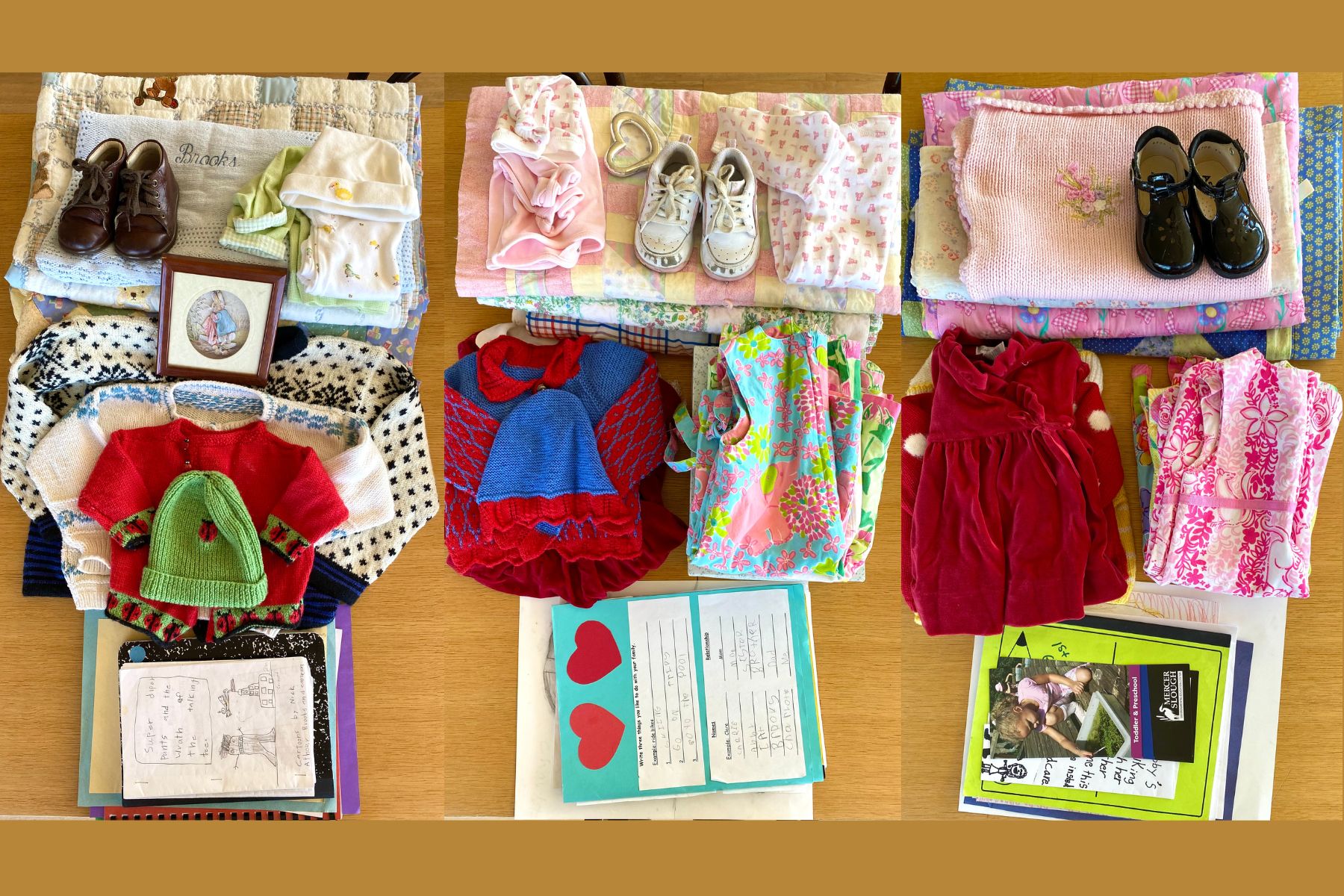
When you go to declutter your grown kids’ stuff, the first thing to do is involve them. That is, to the extent that they want to be involved. This is your first clue into who is attached to all this stuff, you or them! You could be going through bins of their art, cleaning out a room they moved out of or addressing boxes of their stuff piled up in the garage. Letting them know what you are up to will give you a sense of how much they really care about their stuff.
Some kids take it for granted that you will just keep their things until they ask for them. Some kids will surprise you by telling you they don’t want most of the things you saved. And most kids will not be interested in sitting side-by-side with you while you relive their childhood. So mentally prepare for that right out of the gate.
In my experience I’ve found that my kids are less attached to things than I was at their age. I only have one kid that’s fully out of the house. He participated via Facetime as I decluttered his old room and turned it into a second guest space.
Separate
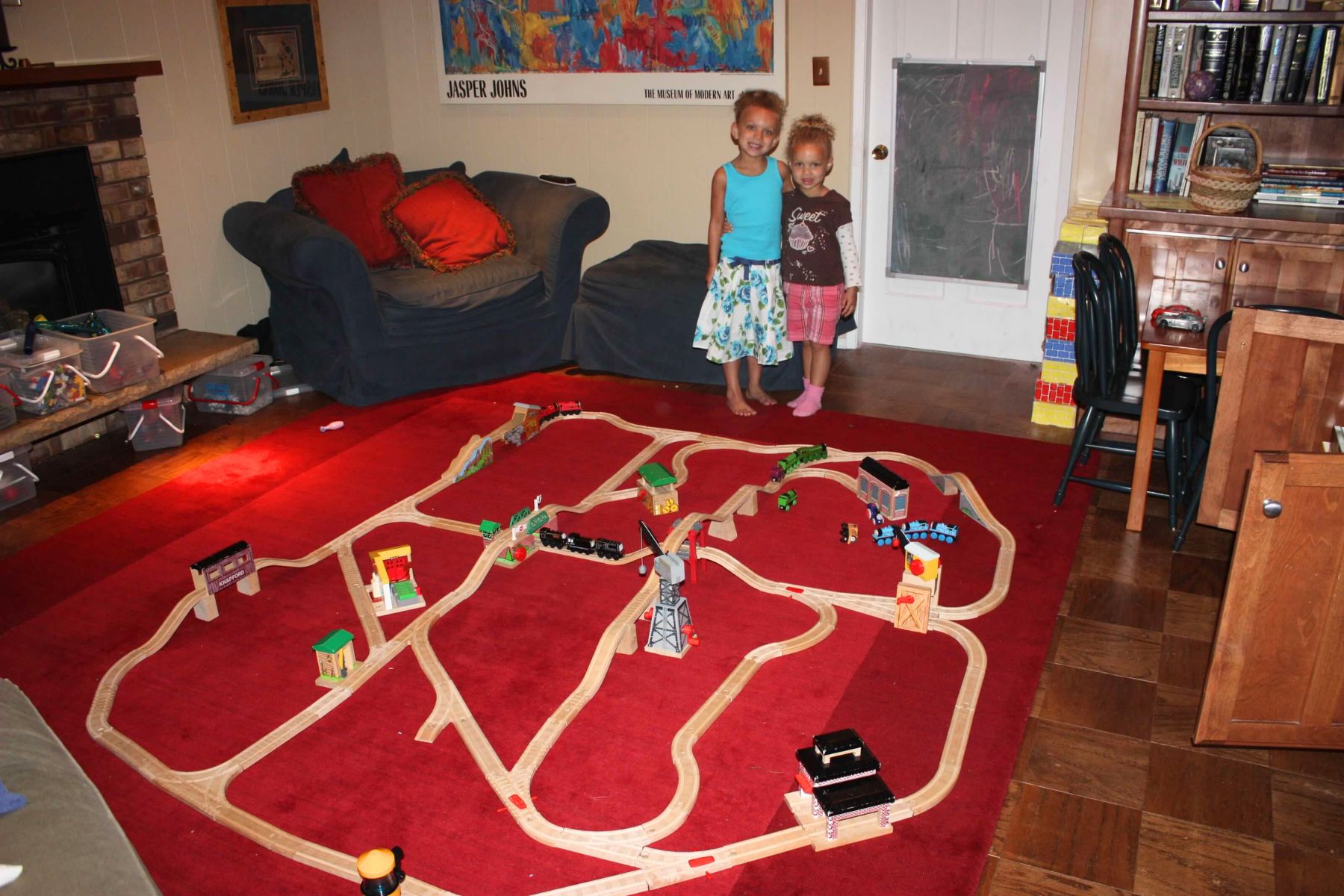
Now that you have a sense of their mindset and potentially some partnership you can begin the culling process. Some questions to ask yourself:
- Is this something I saved for them or did they save it themselves?
- Who is more attached to this thing, me or them?
- Will this thing be meaningful to them in 30 years?
That last question is a tough one. It’s where folks get tripped up when they declutter their grown kids’ stuff. You can’t predict the future, but presumably you know your kid and have a decent recollection of their childhood and which things played a significant role.
You will be the expert on what meant a lot to them when they were small. They will be clearer on the significance of things they collected in their teen years.
Don’t take it personally if they don’t care about things you thought would be meaningful. It’s not a reflection of how happy their childhood was or how much they love you, their generation was flooded with stuff and when you have that many things, hardly any of it feels truly special. It’s a generational difference, not a personal insult directed at you!
Curate
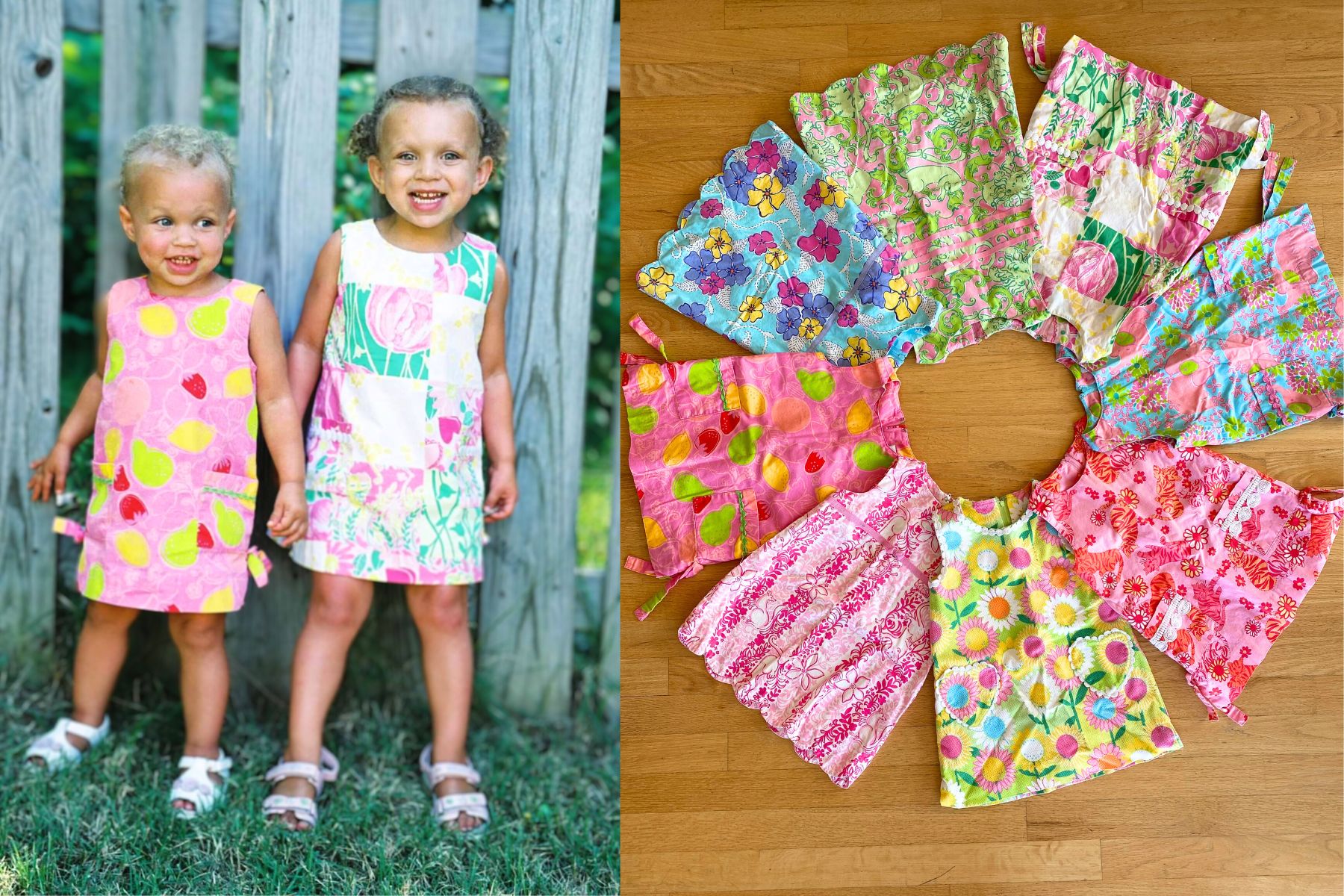
When you realize it’s time to declutter your grown kids’ stuff, it doesn’t mean you have to get rid of everything! Think of yourself as a museum curator (a small museum) – what would you include to tell the story of your precious one’s childhood?
I recommend 2 boxes; one for baby/early childhood for which you are the primary curator, and one for later childhood/teen years where your kids will have heavy input. Limit yourself to just the 2 boxes. I recommend a nice-looking/archival-type box like this, one that’s inviting to look at and signals that something important/wonderful is inside! If what you ended up with doesn’t fit in the box, do a second edit. If you save too much your kid will never visit these memories because it will be too overwhelming, and that defeats the whole purpose!
Here are my opinions on specific categories:
Art: save the funny things, the written stories that make you smile and anything that was really impressive for their age (if you can even remember their age!) The rest can go in the bin.
Clothes: maybe the ‘home from the hospital’ outfit?’ or one other equally significant occasion. Or something knitted by someone special. I saved Lilly Pulitzer shifts my girls wore as toddlers because they were so cute and colorful and they never go out of style so there’s a chance grandchildren might wear them someday. The rest you can donate!
Toys: A treasured stuffie or other item your small child loved. Maybe curate a (small) collection of things you’d like to play with future grandchildren. I saved our Thomas The Train set and children’s books but they will stay with us, not go to my kids! Please, please, please don’t save bins and bins of Legos. I know you paid a lot for them and they are a universally loved toy. Your kids will go on their own Lego journey if/when they have their own children – they won’t want their old ones!!
If you’re Still Struggling
If you are having a hard time letting go of the physical things, I have 2 suggestions:
1. Take a picture of the thing before you let it go
2. Many of the items you are poring over you have likely captured in photos. Instead of keeping the physical things, put some effort into organizing and digitizing your pictures. Photos are the best way to relive memories of raising kids! I have a Photo Organizing Checklist that can help on that journey.
Decluttering your grown kids’ stuff is indeed daunting but can also be a lot of fun and a way to connect with those busy adults you raised. If you re-frame it as an adventure down Memory Lane instead of a scary chore you’re dreading you might actually enjoy it!

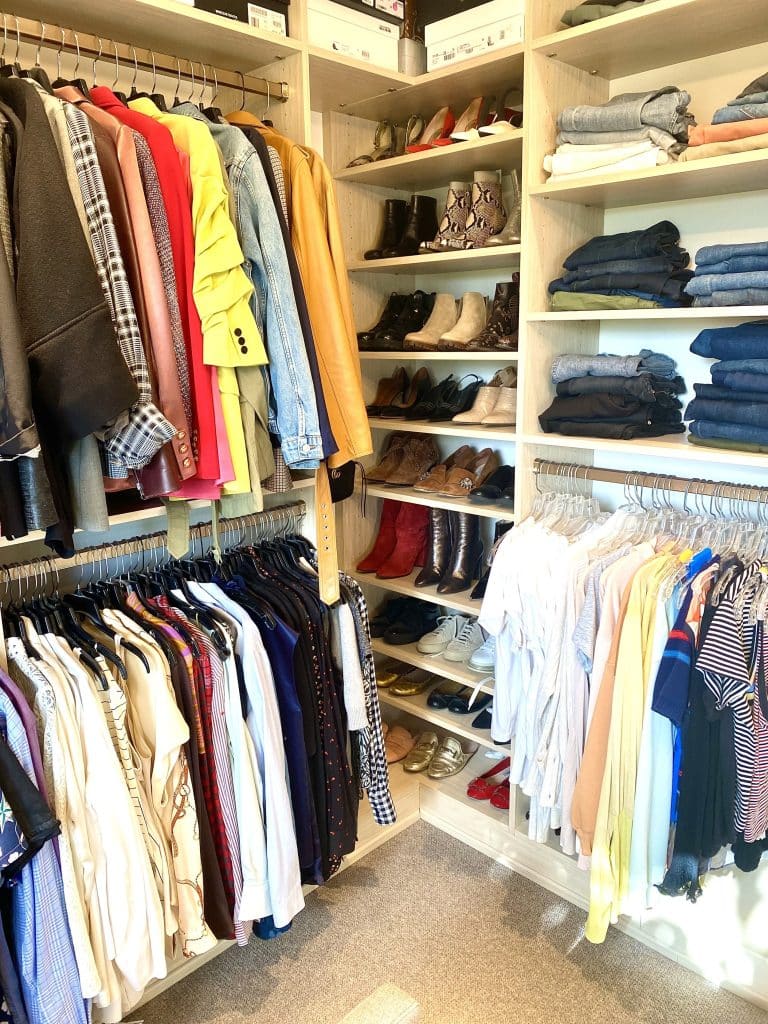
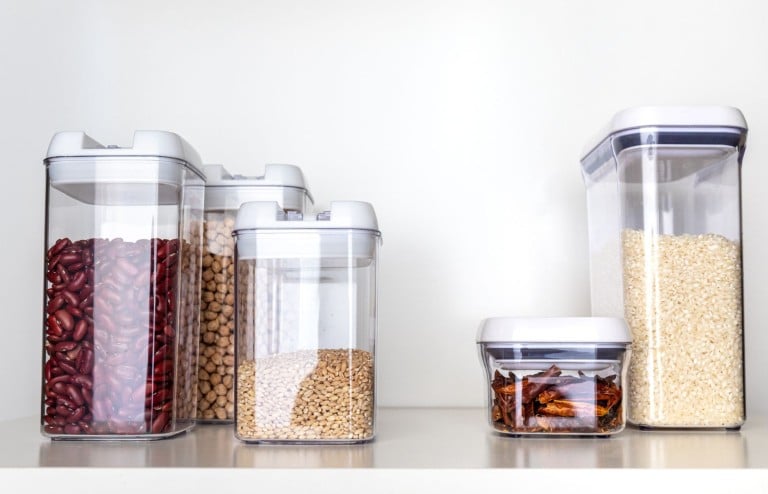
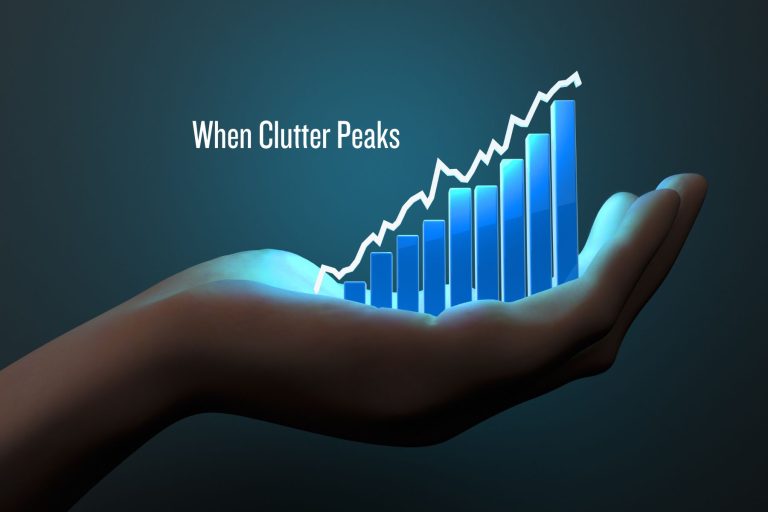
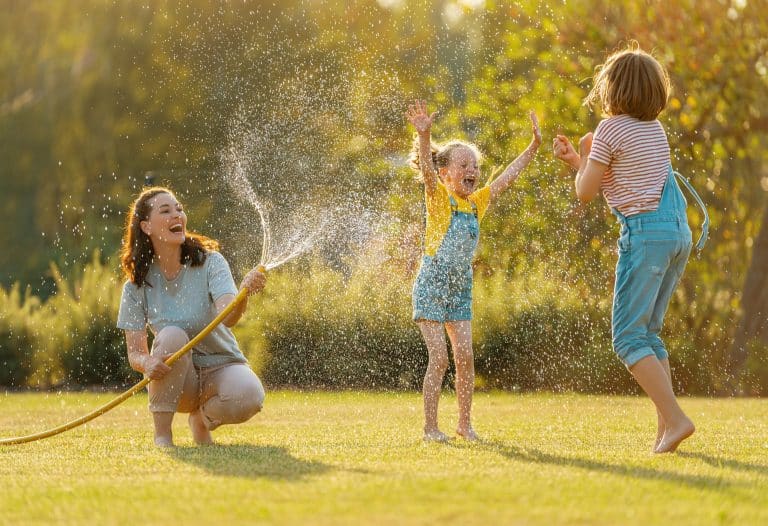
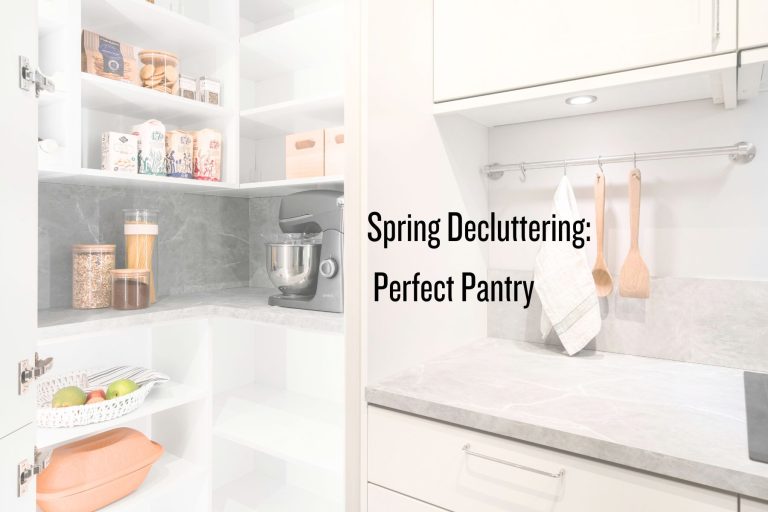
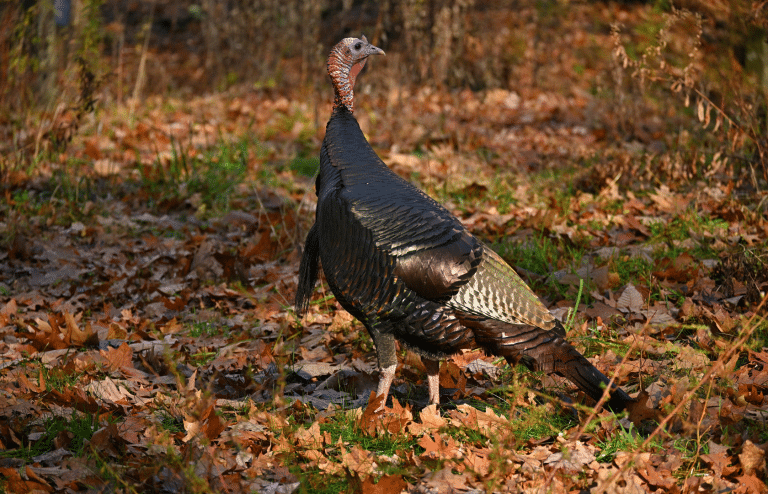
What about high school and college memories? What about the whole bin of Boy Scout achievements for my two Eagles and the 8 years of dance costumes and several prom dresses from my daughter? Also, one son was a “collector” and the other had great parts in about 12 school plays. When things were built up, it’s hard to figure out what one or two things are meaningful to them? I’d go through it with them, but they are now busy with their careers and lives!
Sounds like what I have in my home! I am taking the dance costumes to my daughter – we have photos of her wearing them. She said she only wants a couple of the little ones. I made a boy scout album for my son and am taking that and his box of boy scout things to him on my next trip. I have photos of all these achievements.